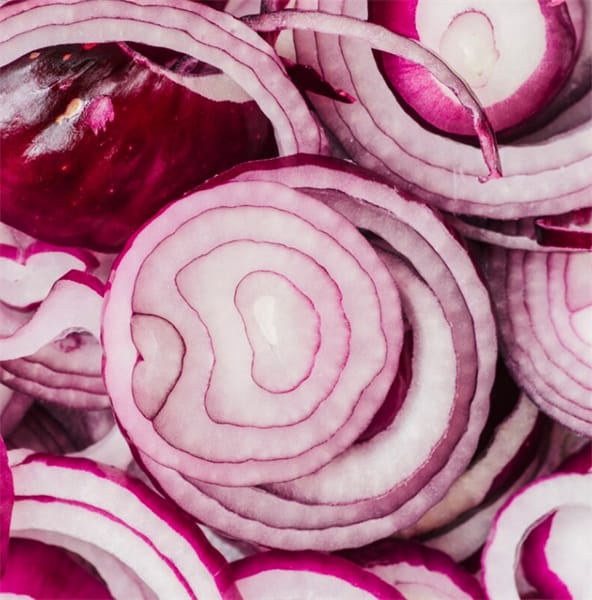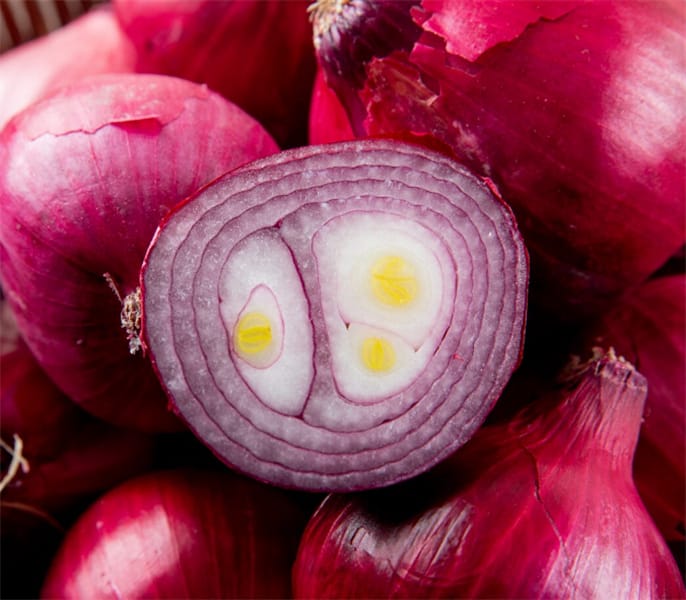Introduction: Beyond Tears, a World of Flavor and Trade
The humble onion. It brings tears to our eyes while adding depth and complexity to countless dishes around the globe. But beyond its culinary significance, the onion plays a powerful role in the global trade arena, and China stands as a dominant force in this surprisingly vast market. Buckle up as we delve into the fascinating world of China onion exports, a multi-billion dollar industry impacting economies and kitchens worldwide.
China’s Onion Empire: From Humble Fields to Global Markets
China’s dominance in the global onion export market didn’t happen overnight. It’s a story of ideal growing conditions, strategic agricultural practices, and a dedication to meeting the world’s insatiable appetite for this versatile bulb.
A Perfect Growing Climate: Nurturing the “King of Vegetables”
China boasts diverse geographical regions, many of which provide the perfect conditions for onion cultivation:
- Shandong Province: Known as the “Vegetable Basket of China,” Shandong leads the nation in onion production, with its fertile soil and temperate climate yielding high-quality onions.
- Gansu Province: This northwestern province, with its arid climate and ample sunshine, is renowned for producing flavorful onions with a longer shelf life, ideal for onion export.
- Inner Mongolia Autonomous Region: Vast grasslands and a continental climate create ideal conditions for large-scale onion farming, contributing significantly to China’s onion export capacity.
The Human Element: Expertise and Innovation in Onion Farming
Beyond favorable environmental factors, China’s onion success story hinges on the knowledge and dedication of its farmers:
- Generational Expertise: Chinese farmers have cultivated onions for centuries, passing down valuable knowledge about optimal planting techniques, crop rotation, and pest control.
- Embracing Technology: Chinese agriculture is rapidly modernizing, with onion farmers adopting advanced irrigation systems, precision farming techniques, and data-driven insights to enhance yields and quality.
- Focus on Sustainability: Increasingly, Chinese onion growers are embracing sustainable farming practices, such as reducing water consumption, minimizing pesticide use, and implementing organic farming methods.
China Onion Exports: A Deep Dive into the Numbers
| Region | Approximate Export Volume (Metric Tons) | Key Onion Varieties Exported | Major Import Countries |
|---|---|---|---|
| Southeast Asia | 1,500,000 | Red onions, Yellow onions, Shallots | Malaysia, Indonesia, Thailand, Philippines |
| South Asia | 1,000,000 | Red onions, White onions, Pink onions | Bangladesh, Pakistan, Sri Lanka, Nepal |
| Middle East | 700,000 | Yellow onions, Red onions | United Arab Emirates, Saudi Arabia, Oman |
| Africa | 500,000 | Red onions, White onions | Nigeria, Egypt, Algeria, South Africa |
| Europe | 300,000 | Yellow onions, Red onions | Netherlands, Spain, UK |
Table Description: This table provides a glimpse into the global reach of China’s onion exports, highlighting key destination regions, approximate export volumes, popular onion varieties, and major importing countries within each region.
The Impact: China Onions and the Global Food System
China’s onion exports extend far beyond simple trade figures. They represent a vital link in the global food system, impacting economies, livelihoods, and culinary traditions worldwide.
- Economic Catalyst: Onion farming and export activities generate significant revenue, create jobs, and contribute to economic growth in rural communities across China.
- Food Security Champion: China’s reliable onion supply plays a crucial role in ensuring food security for millions of people worldwide, particularly in regions heavily reliant on imports.
- Culinary Connections: The flow of onions from China introduces diverse onion varieties to new markets, influencing culinary practices, inspiring culinary innovation, and fostering cultural exchange through food.

Beyond the Balance Sheet: The Human Side of the Onion Trade
Behind the impressive export figures lies a human story – the dedication of farmers, the ingenuity of agricultural scientists, and the connections forged between people across continents united by a shared love for this humble bulb.
- Empowering Rural Communities: Onion farming provides vital income and employment opportunities in rural areas of China, empowering families and strengthening local economies.
- Promoting Gender Equality: Women play a significant role in China’s onion industry, from planting and harvesting to processing and packaging, contributing to greater gender equality in rural workforces.
- Fostering International Collaboration: The onion trade fosters collaboration between Chinese agricultural experts and their counterparts in other countries, sharing knowledge and best practices to improve onion cultivation globally.
The Future of China Onion Exports: Navigating Challenges, Seizing Opportunities

While China enjoys a strong position in the global onion market, the industry faces ongoing challenges and exciting opportunities:
- Climate Change Adaptation: Chinese onion farmers are increasingly vulnerable to the impacts of climate change, requiring adaptation strategies such as drought-resistant varieties and water-efficient irrigation techniques.
- Meeting Evolving Consumer Demands: Global consumers are increasingly seeking out organic, sustainably produced onions, prompting Chinese growers to adapt their practices to meet these evolving preferences.
- Expanding into New Markets: Chinese onion exporters are constantly exploring new markets and diversifying their product offerings, such as processed onion products like onion powder and fried onions, to expand their global reach.
Frequently Asked Questions: Delving Deeper into China Onion Exports
Q1: What types of onions does China primarily export?
A1: China exports a wide variety of onions, catering to diverse global tastes. The most common exports include:
- Yellow Onions: Known for their pungent flavor and long shelf life, ideal for cooking and storage.
- Red Onions: Prized for their vibrant color and milder, slightly sweet flavor, often used in salads and salsas.
- White Onions: With their sharp, pungent flavor, white onions are popular in Mexican and Asian cuisines.
- Shallots: Smaller and more delicate than regular onions, shallots offer a subtle, nuanced flavor.
Q2: How does China maintain its competitive edge in the global onion market?
A2: Several factors contribute to China’s competitive advantage:
- Large-scale production: Vast agricultural lands and efficient farming practices allow China to produce onions on a massive scale.
- Competitive labor costs: A large agricultural workforce contributes to lower production costs, making Chinese onions price-competitive.
- Government support: The Chinese government provides subsidies and incentives to support onion farmers and exporters.
Q3: What measures are being taken to ensure the sustainability of China’s onion industry?
A3: China is increasingly focused on sustainable agricultural practices:
- Water conservation: Implementing water-efficient irrigation techniques, such as drip irrigation, to reduce water usage.
- Reduced pesticide use: Promoting integrated pest management strategies and exploring biopesticides to minimize chemical use.
- Organic farming: Encouraging the adoption of organic farming methods to produce onions without synthetic pesticides or fertilizers.
Q4: How do China’s onion exports impact global food security?
A4: China plays a crucial role in global food security by:
- Providing a reliable supply: China’s large-scale onion production and consistent exports help stabilize global onion supply, particularly during shortages in other regions.
- Making onions accessible: Competitive pricing makes onions more affordable and accessible to consumers in developing countries, contributing to dietary diversity and nutrition.
Q5: What are the future prospects for China’s onion export industry?
A5: The future of China’s onion exports looks promising, with continued growth expected:
- Rising global demand: As populations grow and dietary preferences evolve, the global demand for onions is projected to increase.
- Product diversification: China is expanding its onion product offerings, including processed onion products like onion powder and fried onions, to cater to evolving market demands.
- Technological advancements: Continued investments in agricultural technology and innovation will further enhance productivity, quality, and sustainability in China’s onion industry.
More Chinese onions are introduced at Chinese Onions: Bring the Bold Taste to Your Table
